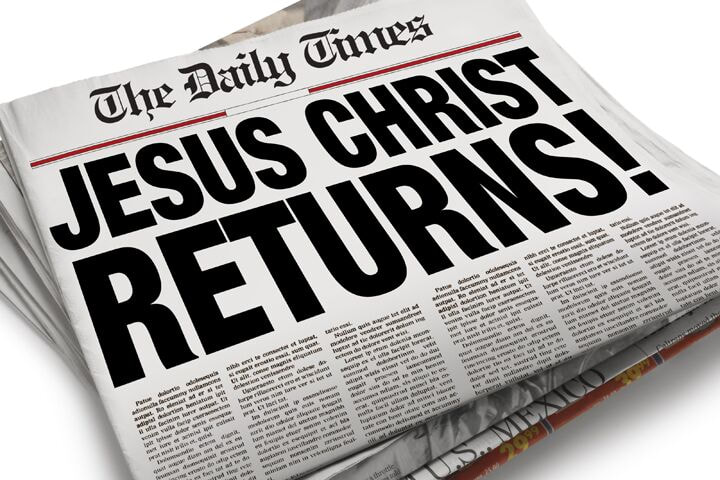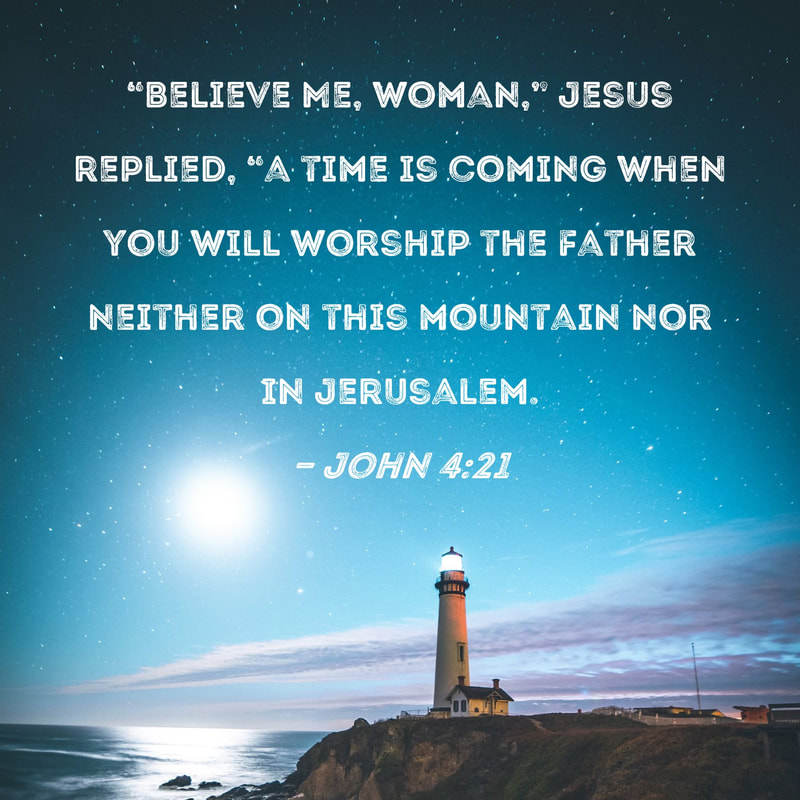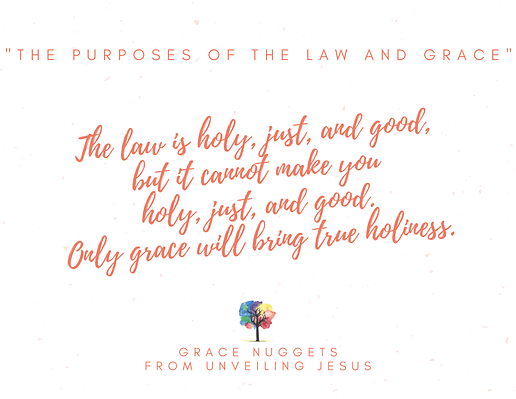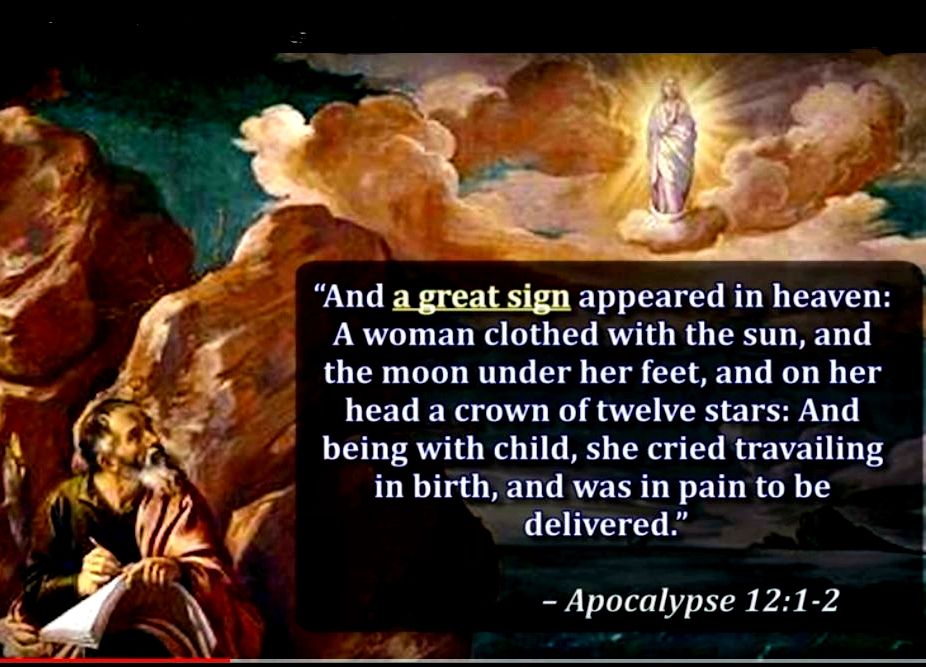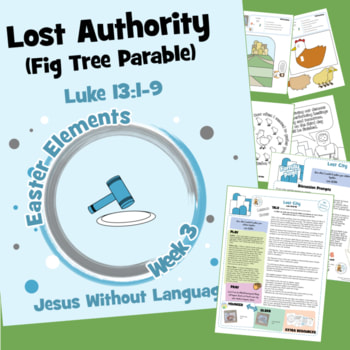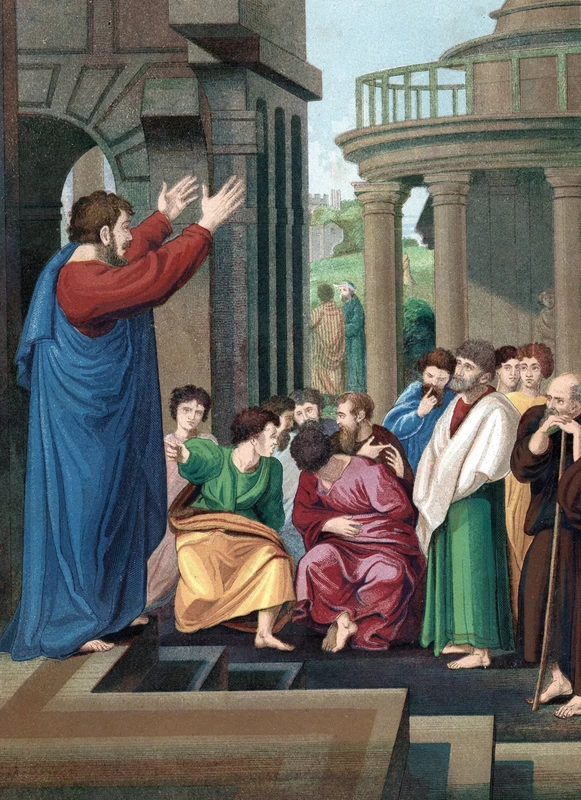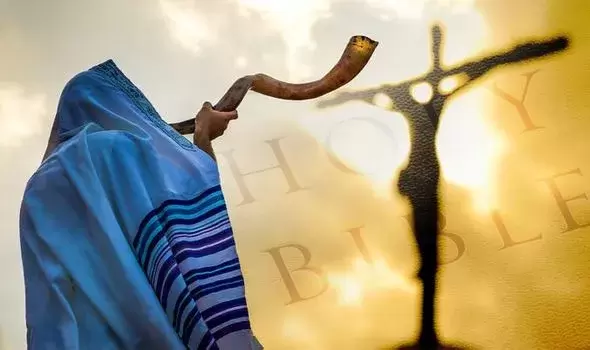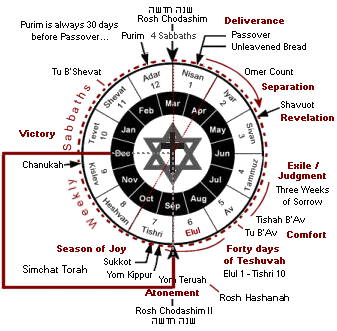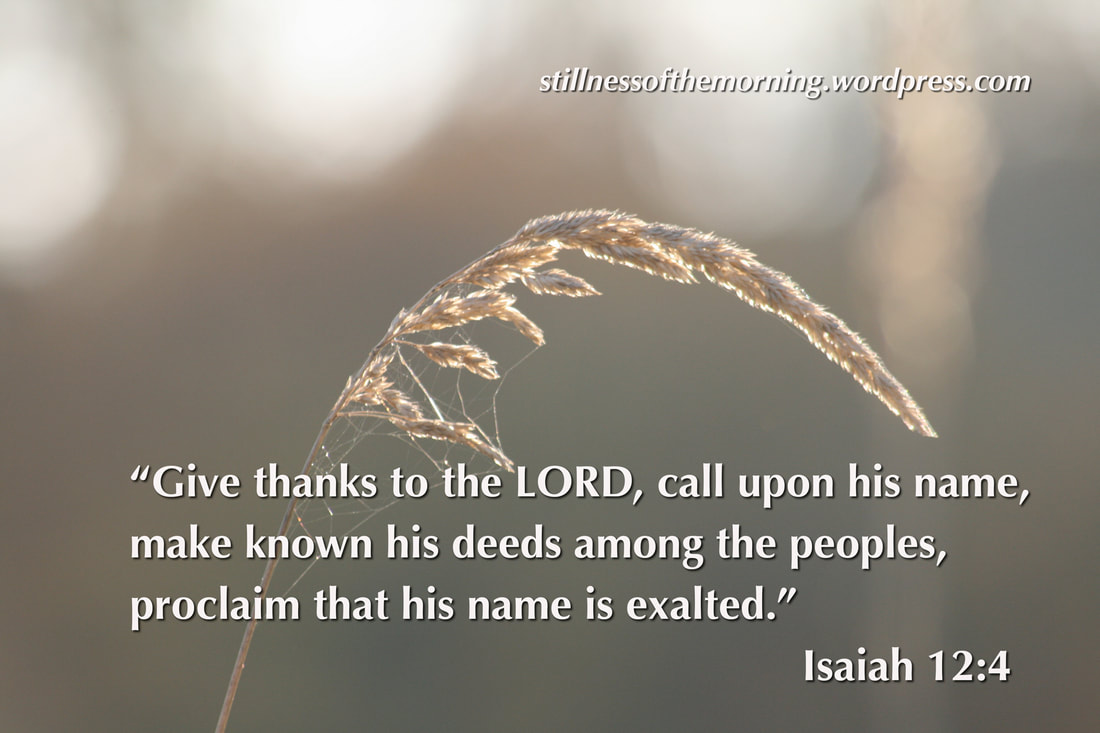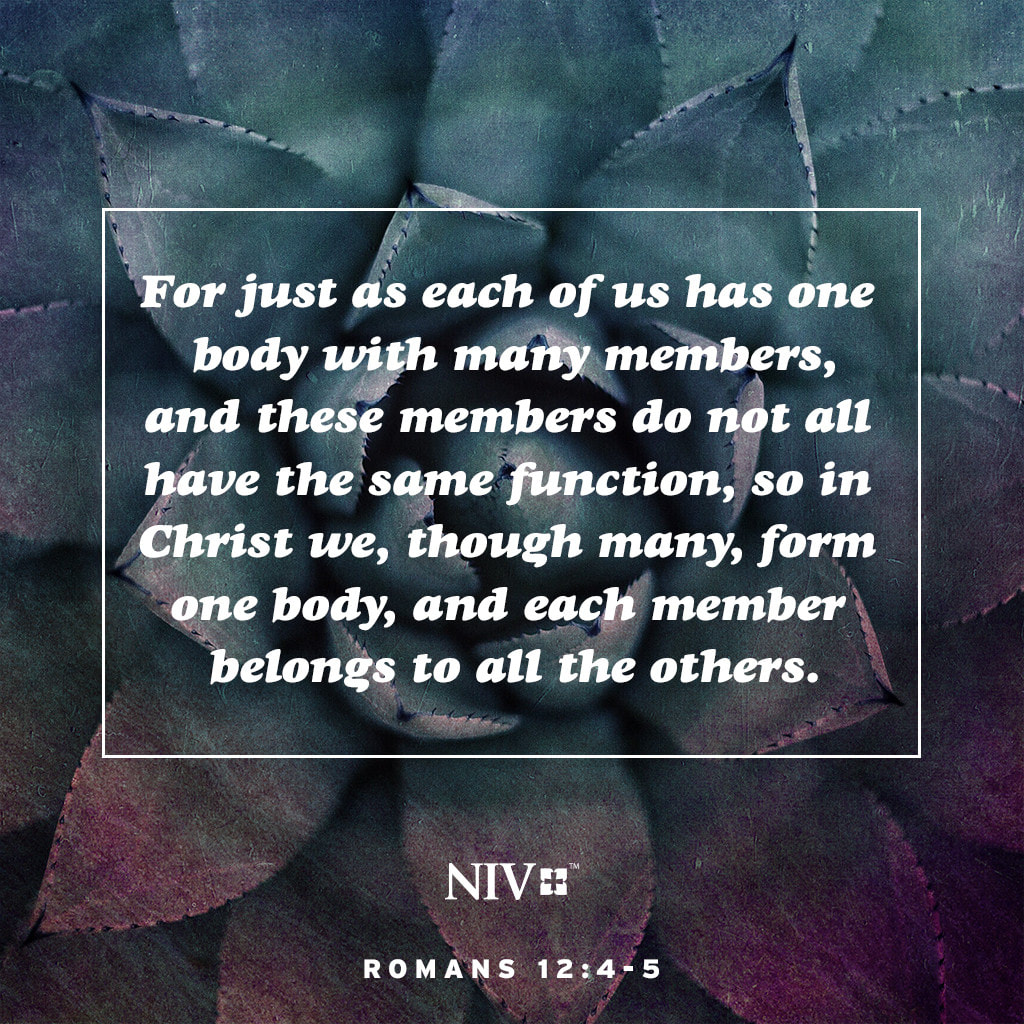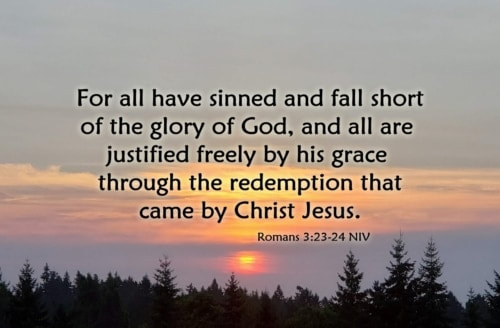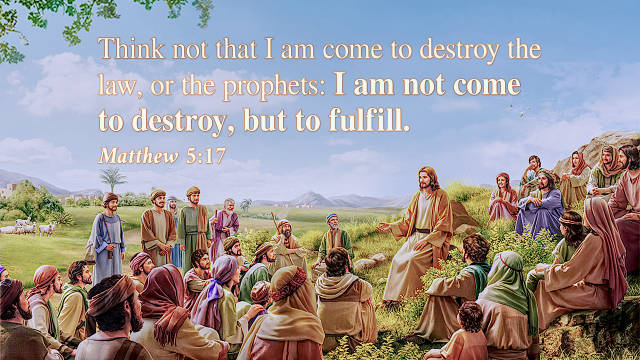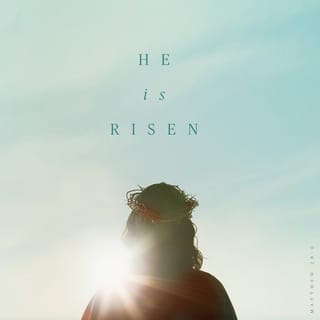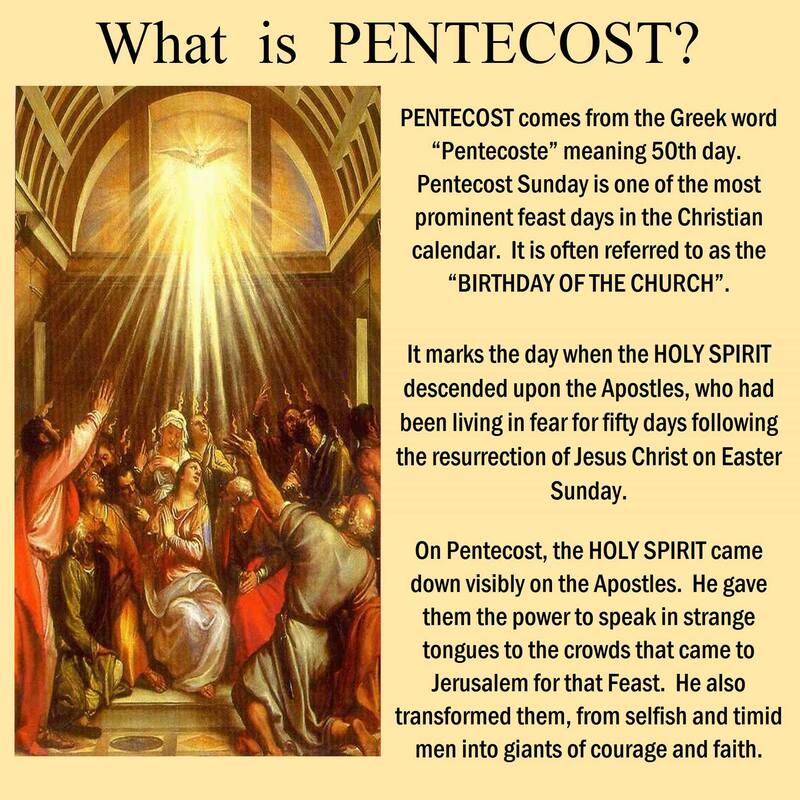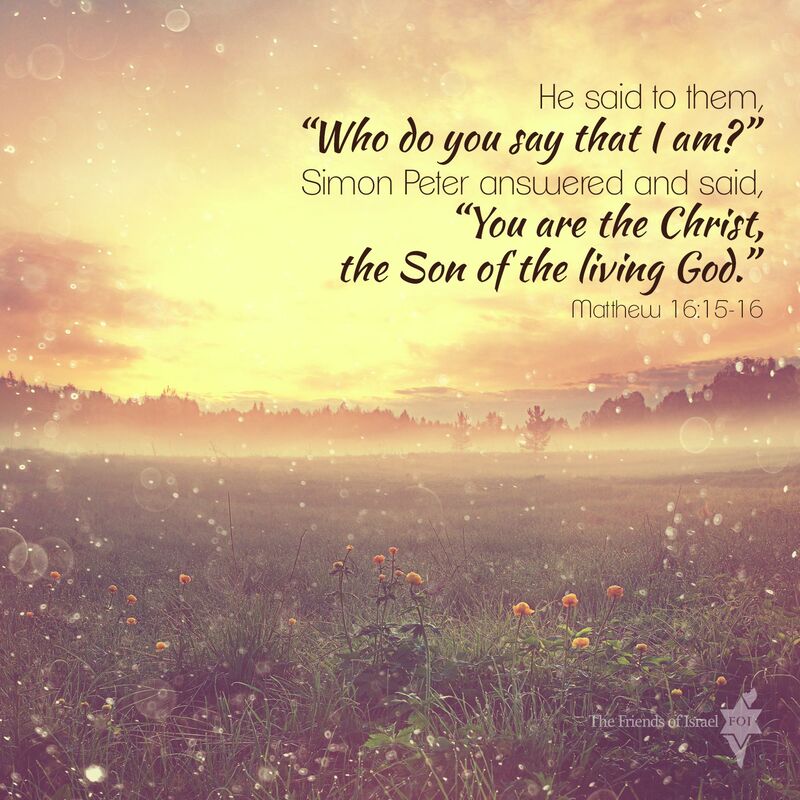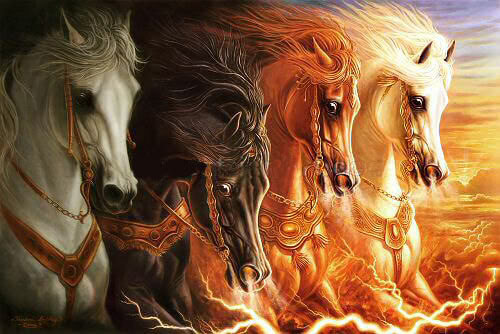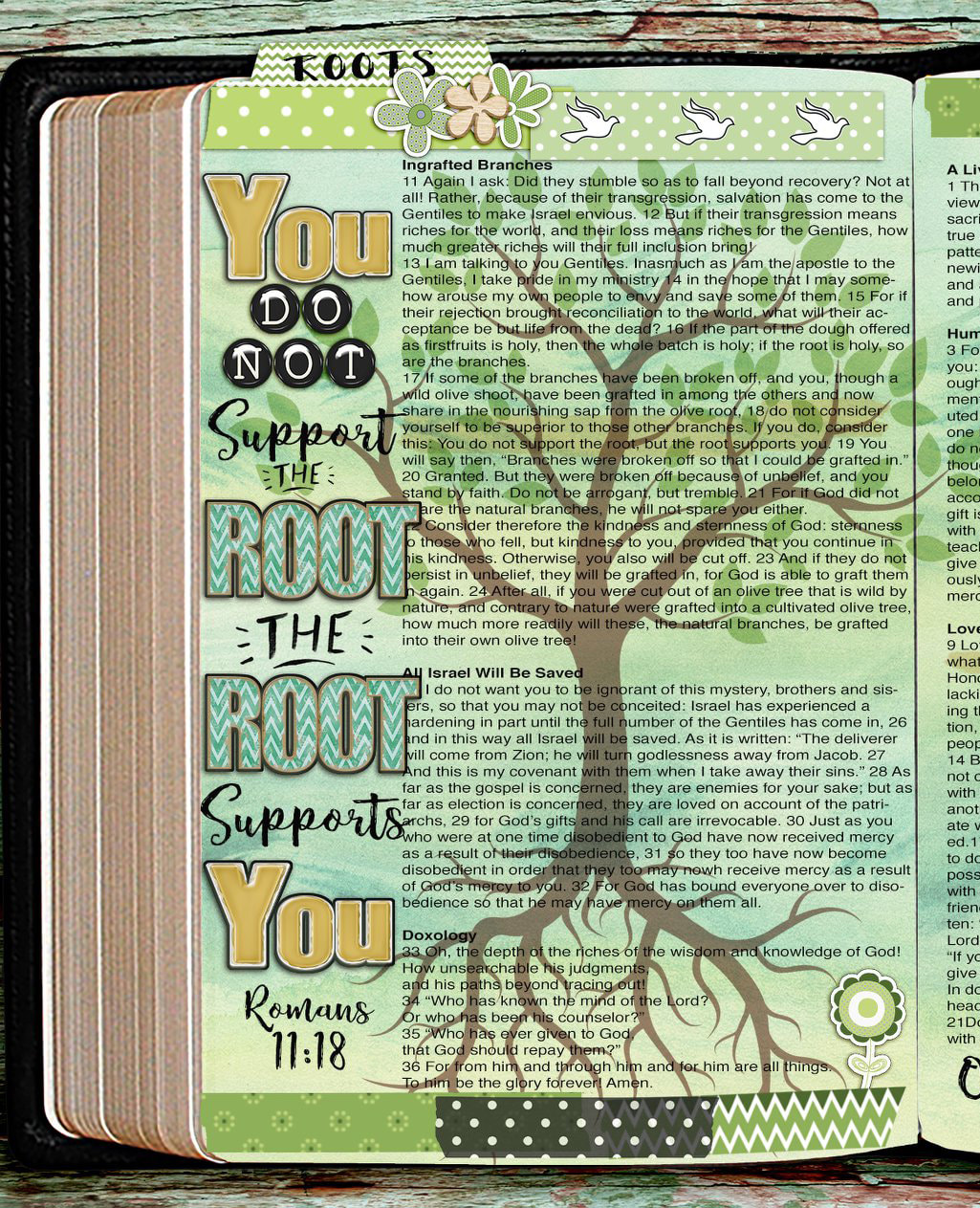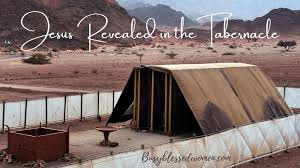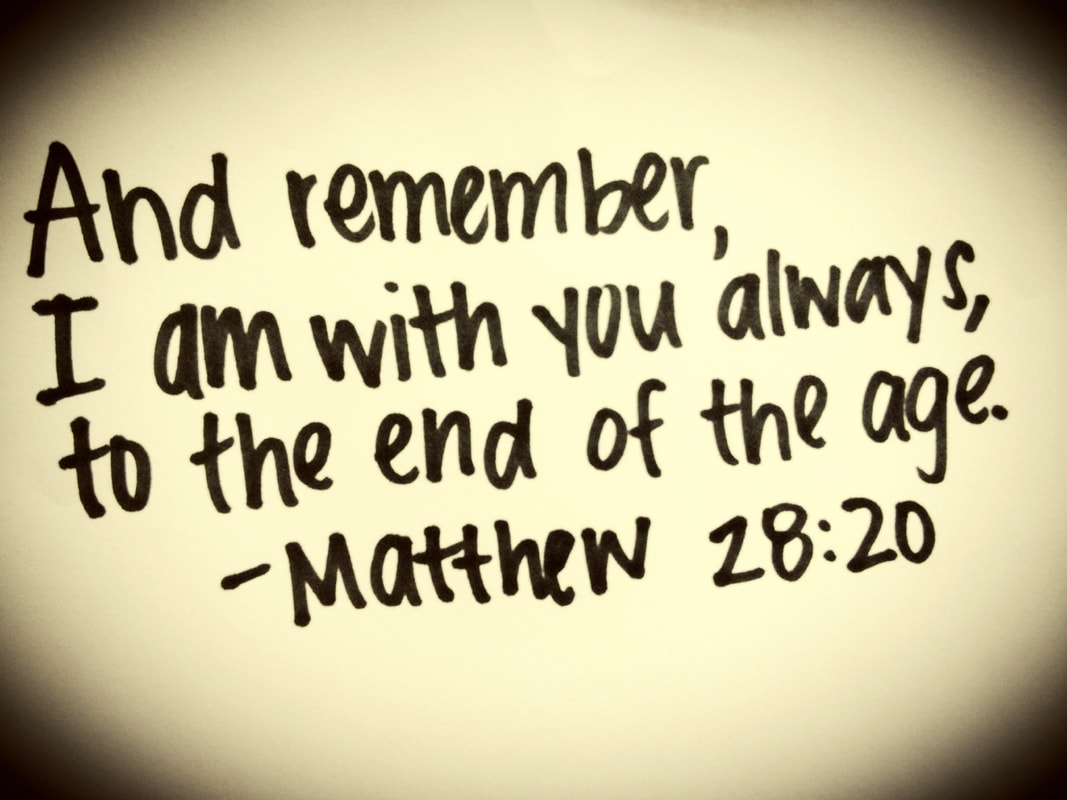“‘Look,
he is coming with the clouds,’
and
'every eye will see him, even those
who pierced him’;
and all peoples on earth
will mourn because of him.’
So shall it be! Amen.” This verse brings together two other
passages: Matthew 26:64,
in which Jesus tells the Sanhedrin they will see
the Son
"coming on the clouds of heaven”;
and Zechariah 12:10,
which says that
Jerusalem’s inhabitants
will mourn when they
see
“the one they have pierced.”
Some have tried to allegorize Revelation 1:7
by assigning various figurative
meanings to the “clouds.”
But there is no need to look for hidden meanings here, for the passage means just what it says, as do the two passages it quotes. There is nothing more to make of the statement that
“He comes with the clouds.”
It simply means that Jesus will appear to all people as
He comes to earth
out of the heavens.
After Jesus gave
His disciples
the
Great Commission,
“he was taken up before their very eyes, and a
cloud hid him from their sight”
(Acts 1:9).
As the disciples stood there,
gazing after the Lord,
two angels appeared and told them,
“This same Jesus,
who has been taken from you into heaven,
will come back in the
same way
you have seen him go into heaven”
(verse 11).
A cloud
is mentioned at
His ascension,
and the clouds are mentioned at
His return.
After Jesus explained to
His disciples
what would take place at the
end of the age,
during the tribulation,
and at His second coming,
He gives several illustrations of what the
end of the age
and
His coming will be like.
In one of those illustrations,
Jesus says that the coming of
the
Son of Man
will be
"as it was in
the days of Noah”
(Matthew 24:37).
Before Jesus compares
His coming to the days of
Noah,
He illustrates His coming with a
parable of the fig tree.
By observing the
growth of the
fig tree
one can determine
that
summer is near
(Matthew 24:32).
In the same way, by observing the
signs
(the things Jesus mentioned in the earlier part of the chapter),
one can recognize that
His coming is near
(Matthew 24:33).
The generation of people
who are alive
when these things begin to happen
will see
them completed
(Matthew 24:34),
as they will happen swiftly.
And,
while Jesus’ words are totally reliable
(Matthew 24:35),
He said at that time
that no one knows exactly
when the events will take place
except for His Father
(Matthew 24:36).
Against the backdrop of the fig tree illustration,
Jesus says that
the coming of
the Son of Man will
be
as the days of Noah were
(Matthew 24:37, NKJV).
This is an important statement for several reasons.
First, Jesus identifies Himself as
the “Son of Man,”
the one in Daniel 7:13–14 who is given an
eternal kingdom.
With that identification
Jesus is claiming to
be the
rightful King over all.
When the King—the Son of Man—comes, it will be as in the days of Noah.
In those days, the people were
going about their lives,
eating, drinking, and marrying,
until the flood came swiftly
(Matthew 24:38).
They were ignorant about
what was coming
until it came upon them and
took them away
(Matthew 24:39).
In the same way, when Christ returns to earth as
the Son of Man—the King--
He will bring judgment with Him.
Even though the
signs of His coming
will be obvious to anyone who is paying attention,
apparently
few will be looking.
It is worth noting that, while there are some similarities
between the event Jesus describes
in Matthew 24 and the event we call
the
“rapture”
(1 Thessalonians 4:13–17),
these are two different events. The events of Matthew 24 result in
Christ coming to earth
with people being
taken in judgment,
while the rapture event has Christ only
coming to the clouds and
taking up
people to be in heaven.
The rapture event takes place
before the
tribulation period
described in Matthew 24 (as the rapture in 1 Thessalonians 4
precedes the day of the Lord
in 1 Thessalonians 5),
and
the coming of Jesus
in Matthew 24 occurs
after
the tribulation period
(Matthew 24:29–31).
Even though Jesus’ coming would not be during the lifetime of the people
He was addressing in Matthew 24,
He prepares them for what would take place so
they would be on
the alert
because of the certainty of the events and the uncertainty
(from their perspective) of the timing
(Matthew 24:42).
Jesus provides His listeners
an outline of the future so
they will know
that
God’s plans will come to fruition
and that He has given
His disciples a stewardship
with
which to be faithful.
We also need a sense of urgency.
Even if these prophesied events
don’t begin to happen in our lifetime, we have
only a limited time to use for Him.
We should
strive to make the most
of the time
He has given us
(Ephesians 5:16).
The coming
of the Son of Man
will be as it was in the
days of Noah.
in his vision
of judgment upon the wicked,
the
apostle John
tells us that
Jesus is returning
on a white horse: “
"Then I saw heaven opened,
and behold,
a white horse!
The one sitting on it is called
Faithful and True,
and in
righteousness
he judges and makes war
” (Revelation 19:11; see Psalm 45).
Most Bible scholars are of the opinion that this passage is
not referring to the Rapture,
but rather to
Jesus’ coming to earth
with
His saints at
the
end of the Tribulation.
The horse’s white
color represents
purity or victory
(cf. Revelation 7:14-15),
for this rider is holy
and goes forth
to be the
triumphant conqueror.
During ancient times, victorious Roman generals entered their conquered cities in chariots drawn by white horses. The entire setting of this verse implies victory over Christ’s enemies.
As such, the word white indicates triumph, a successful war.
What a vivid contrast we see in
Jesus’ return with all His angels
(Matthew 25:31),
as compared to
His entry to Jerusalem upon a donkey
(Matthew 21:7-9)!
He is no longer riding a
humble donkey.
Jesus will return on a fiery white charger,
bringing judgment,
just as He had promised
(Matthew 25:31-33).
Also by way of contrast, when
He was on earth,
Jesus was abandoned by
His followers
(Mark 14:50).
Revelation 19 reveals the armies of heaven following
Him in conquest.
He is not returning to speak
“gracious words”
(Luke 4:22)
but the words of
righteous judgment
(Isaiah 11:4).
Jesus comes to
rule with a rod of iron
(Psalm 2:9).
He is the King of Kings
and
the Lord of Lords
(Revelation 17:14; Revelation 19:16).


 RSS Feed
RSS Feed






